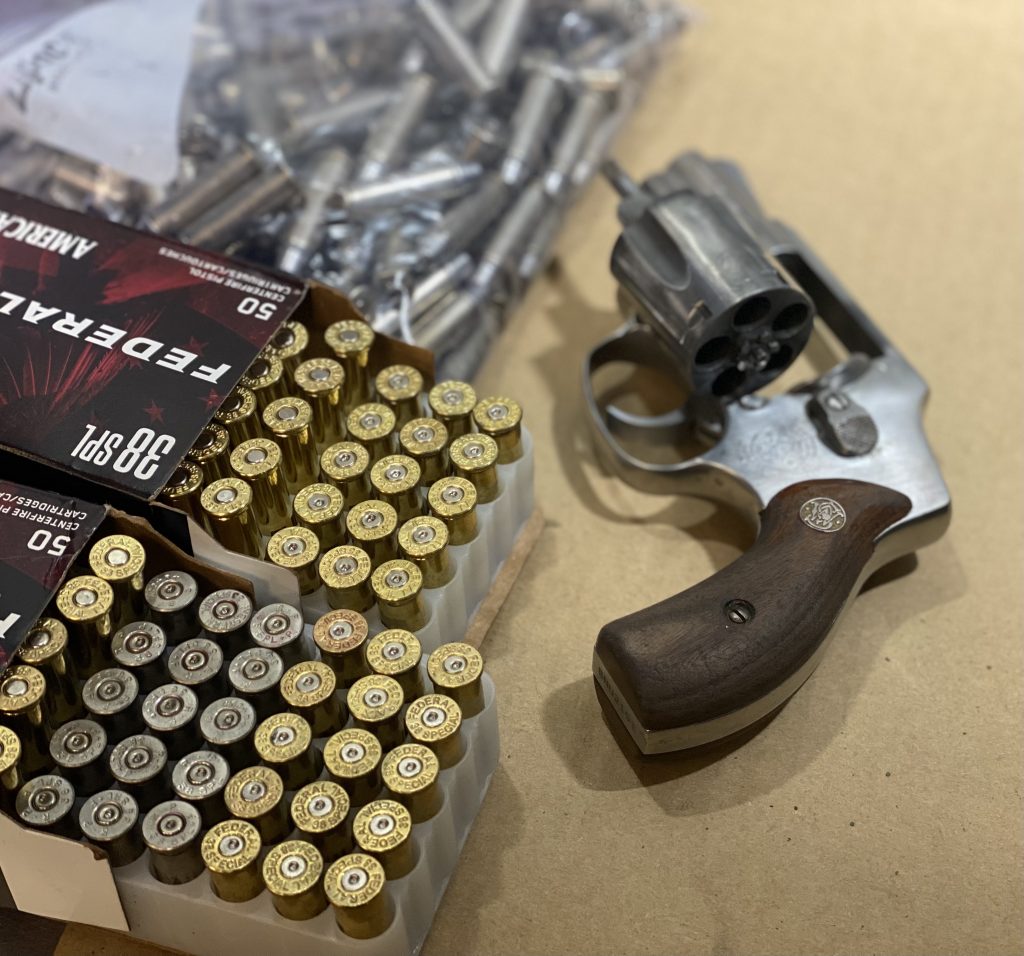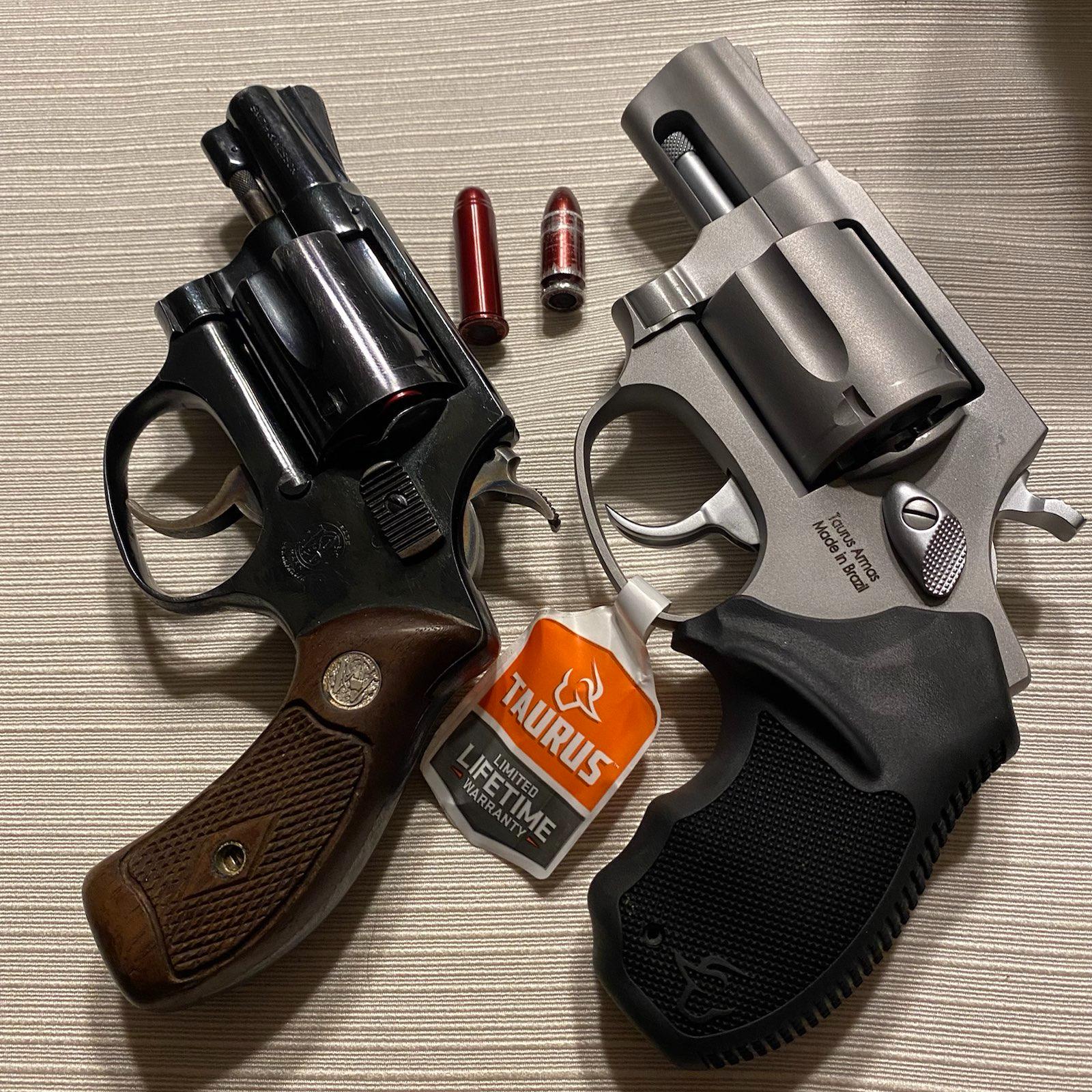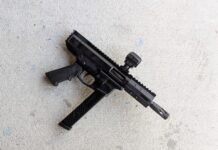The Duty Revolver: Too Slow & Too Old
This would not be the first time I mention in passing that the glory days of the double action service revolver are long past us. Revolvers are wonderful handguns and excuse the cliché, but they really were the more elegant weapons from a more civilized age. However, accurate as they may be, service revolvers are heavy for their size, hold fewer cartridges and achieving proficiency requires more time and skill compared to semi-autos. Due to their “exposed” architecture, more care and cleaning is needed in between shooting sessions.

Big revolvers are on the cusp of obsolescence, but the small compact BUGs (back up gun)/pocket/snub nosed revolvers are not going away any time soon. They carry quite easily, their capacity is nearly equivalent to semi-auto sub compacts of their size and they offer performance benefits that those semi-autos cannot.
The Pocket Rocket And Its Niche
Compact revolvers are nothing new. They have been around for the better part of a century offering carriers convenience due to their size and portability. Major manufacturers still do brisk business selling them across all price points in calibers like .22, .32, .38, and 9mm. The typical pocket rocket has a 2-inch barrel along with fixed sights, stubby grips and a payload of 5 or 6 rounds. The trade-ff between their size is that they are objectively more challenging to shoot well. For starters, they are not the best at soaking up felt recoil because they are smaller. Executing precise shots takes some skill, especially at further distances (the dinky grips and shorter sight radius do not make it easy). If a duty sized revolver is slow to reload, a pocket revolver is even slower because of its size.

Get Off Of Me!
All things considered, these pocket revolvers remain relevant because they shine in extremely close ranges. It helps to think of these firearms more of portable close-in bullet dispensers rather than shooting guns designed to hit targets at a distance, so these guns do not really need sophisticated sights. Their entire payload is self contained and these guns are not dependent on any external magazine, so the risk of the magazine becoming separated from the gun during an entanglement isn’t there. These small revolvers can also cycle in enclosed spaces and do not need extra clearance for a slide to reciprocate. Assuming a bobbed hammer or hammerless frame, their shape makes them very useful for snag-free draws from pockets holsters or other less conventional spots where a full size gun would never be carried. They also lack the squared off “back” of a small pocket semi auto which is also prone to snagging. The reality is that every self-defense situation is unique and cannot truly be rehearsed or choreographed. Often times fights end up on the ground and turn into messy, armed entanglements. A small firearm that can be accessed from a pocket or the front of the hips and that can empty its entire payload in a tight less than ideal space is something to think about.




